Worsaw Hill
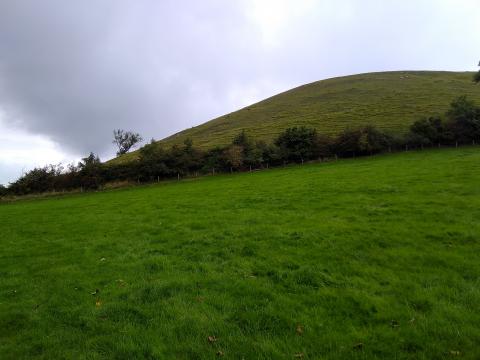
Between chapel services last Sunday, a fellow member and I walked to Downham and from thence to Worsaw Hill. This is a limestone reef knoll in the shadow of Pendle’s looming mass. On the summit’s southeast corner is a bronze age bowl barrow, a circular mound inside which some ancestor was buried a few centuries before Christ. From its top, my companion and I counted a further nine ancient barrows on the nearby Warren Hill. This area truly was an ancient cemetery. It might be that Worsa, the man who lent his name to the nearby village (Worsa’s Ton, Worston) is the occupant of the tomb. Whoever’s body once lay inside is now awaiting God’s judgment of their deeds.
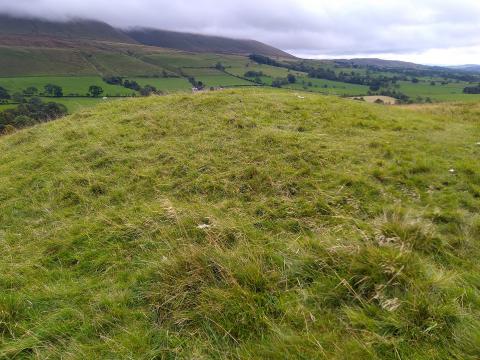
Much of the nearby limestone contains little marine fossils, called crinodia. This too reminds us of God’s impending judgment of our planet. Against what He previously pronounced in Noah’s great flood, there was no escape. From the fire of Christ’s coming, there will no refuge either, save for those who believe the gospel. Worsa would have been a man of great consequence in his time: the founder of a settlement, a landowner, a man not easily refused. And when he died, the most stylish tomb was constructed for him, overlooking the land he claimed and farmed. Yet he too will be present on that day, naked and trembling, in the hope that the Great Judge will forgive him his trespasses.
And many of those who sleep in the dust of the earth shall awake, Some to everlasting life, Some to shame and everlasting contempt. Daniel 12:2
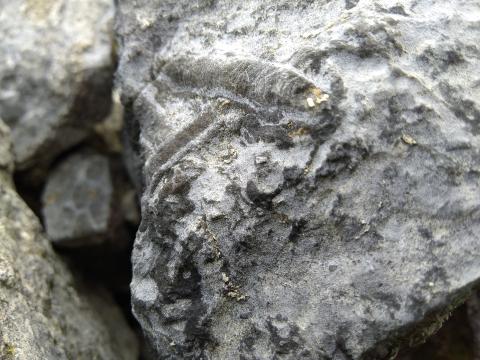
As we ascended the hill and left the footpath, we did a little trespassing of our own. The landowner need not fret; on our journey down, we were prickled and harassed by the many young hawthorn bushes that grow there. I counted a dozen scratches and pricks on my forearms alone.
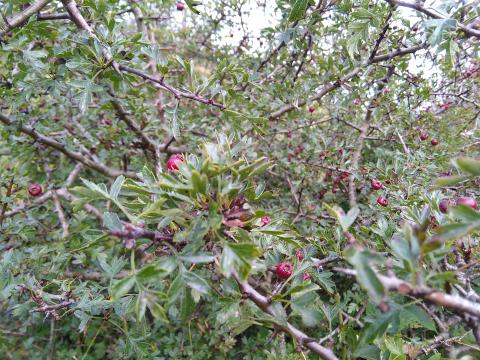
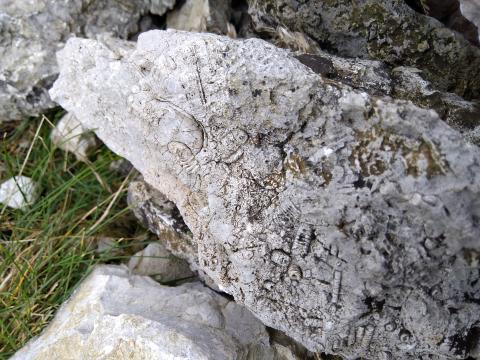
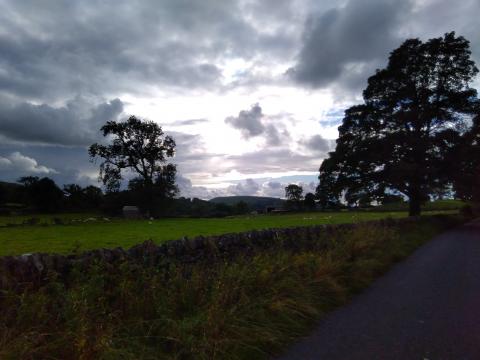
- Log in to post comments


 Sunday Worship 10.45am & 6.00pm
Sunday Worship 10.45am & 6.00pm